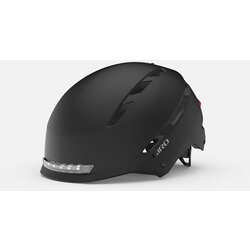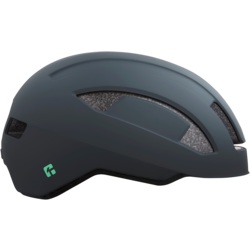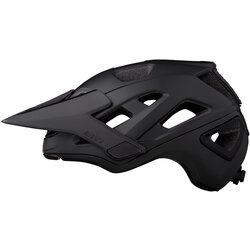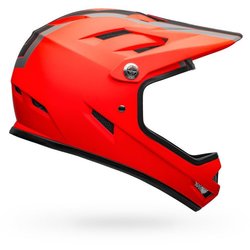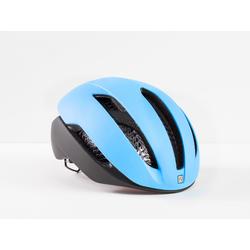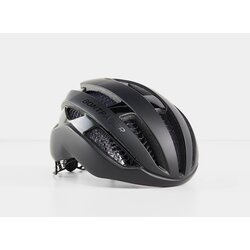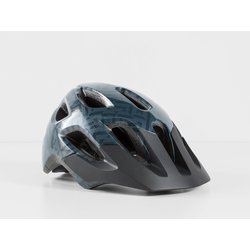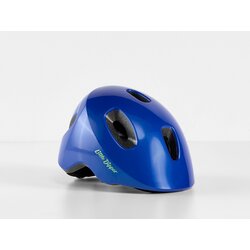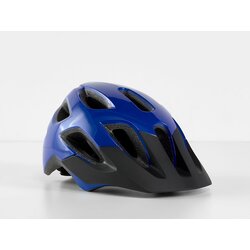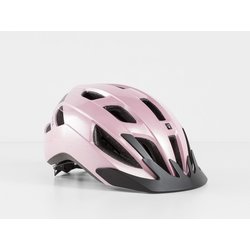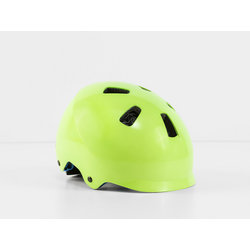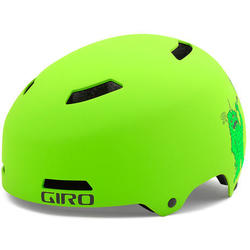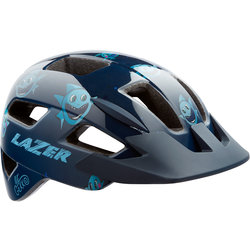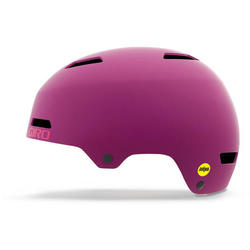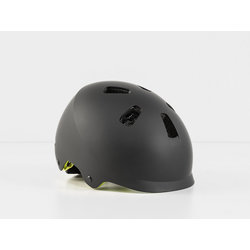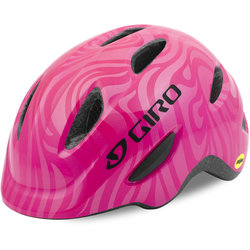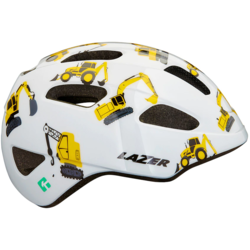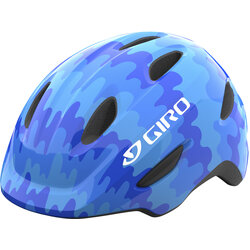Choosing the Right Helmet

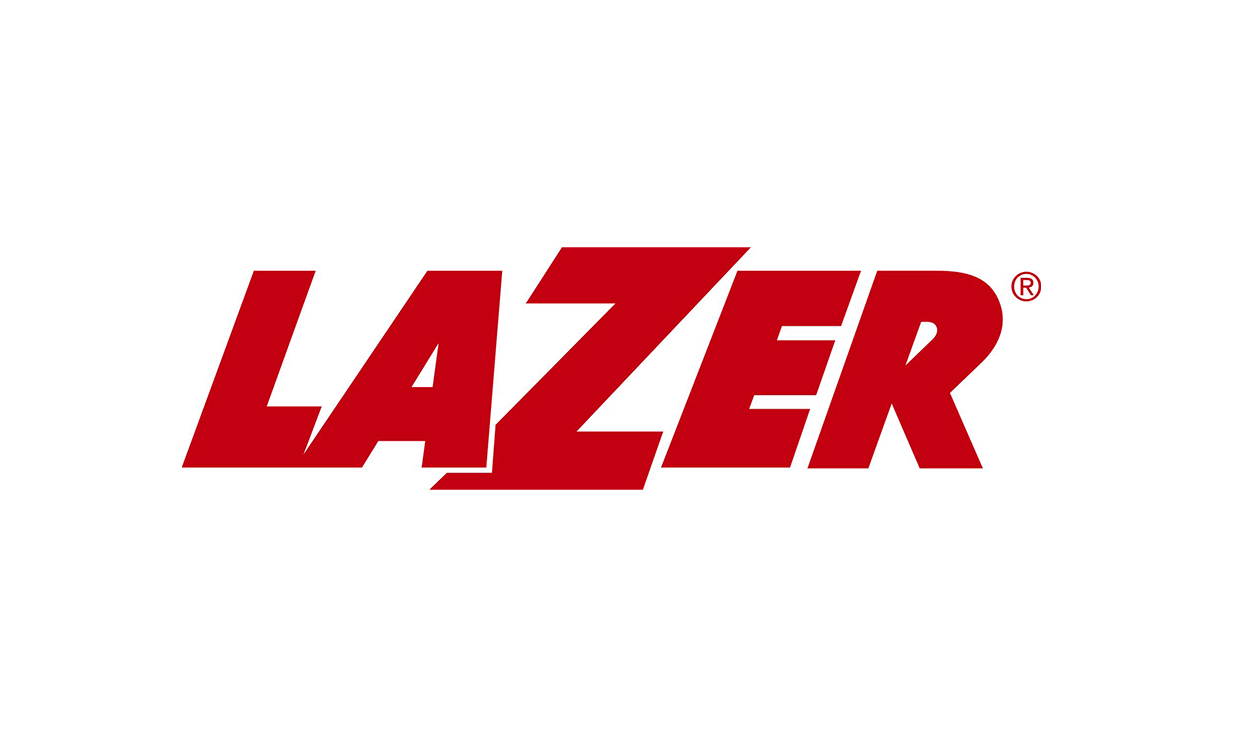
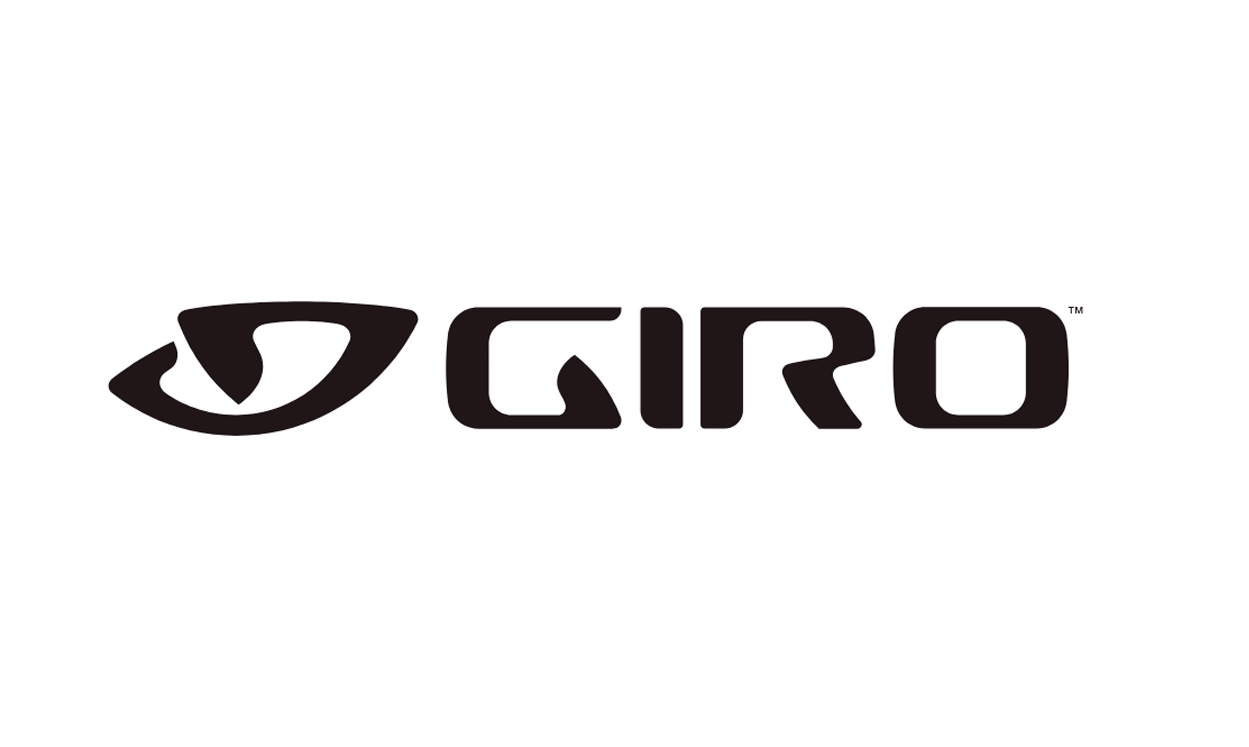
Did you know? Helmets should be replaced every 3-5 years
Helmet materials will degrade over time losing their essential function in protecting your head.
1. Helmet Basics
Look for the latest safety technology explicitly designed for concussion protection.
WaveCel is a collapsible cellular material that is incredibly effective at preventing concussions caused by common biking accidents. -- Learn more about WaveCel
KinetiCore is the result of a decade-long search for a new improved technology. It protects against both direct and rotational impact thanks to unique EPS foam blocks called controlled crumple zones that crumple under impact and absorb the energy that otherwise would have reached the cyclist's brain. -- Learn more about KenetiCore
MIPS or Multi-directional Impact Protection System is a liner using slip-plane technology inside the helmet designed to move with your head upon impact-- Learn about MIPS
2. Helmets should match your riding style.
General/Recreation - Varies in coverage with some helmets providing more ventilation than others. Visors are a great option to block out the sun.
Road/Performance- Aerodynamic and well ventilated to go the distance
Mountain- Provides more coverage, especially along the back where most MTB falls occur. Visors are also important to block out the sun.
Youth/Kids - Don’t necessarily assume that a child’s helmet will fit until you measure their head. Many kids actually fit better in small adult helmets.
3. Measure the Right Fit For Your Head
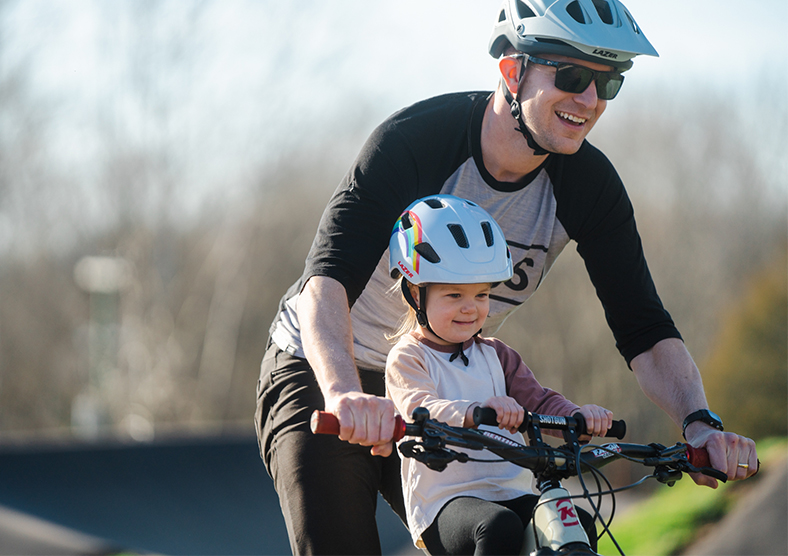
Use a tape measure (or a string then use a ruler to measure the length) to estimate the size.
Note: If you are in-between sizes, go with smaller size
| Helmet Size | Fit Range (cm) |
| Toddler | 46-50 |
| Child | 48-52 |
| Youth / XS | 50-55 |
| Small | 51-57 |
| S/M | 51-58 |
| Medium | 54-60 |
| M/L | 55-61 |
| Large | 58-63 |
| X-Large | 60-66 |
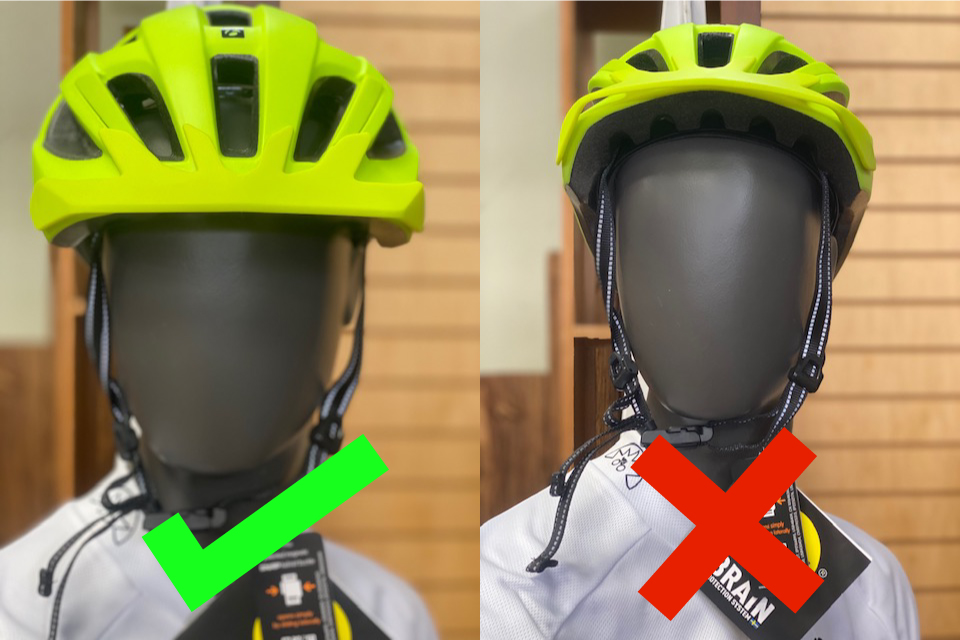
General Riding/Road Helmets
Correct Fit: Straps are tight under the chin; Helmet sets level on the head.
Wrong Fit: Straps too loose; Helmet tilted back.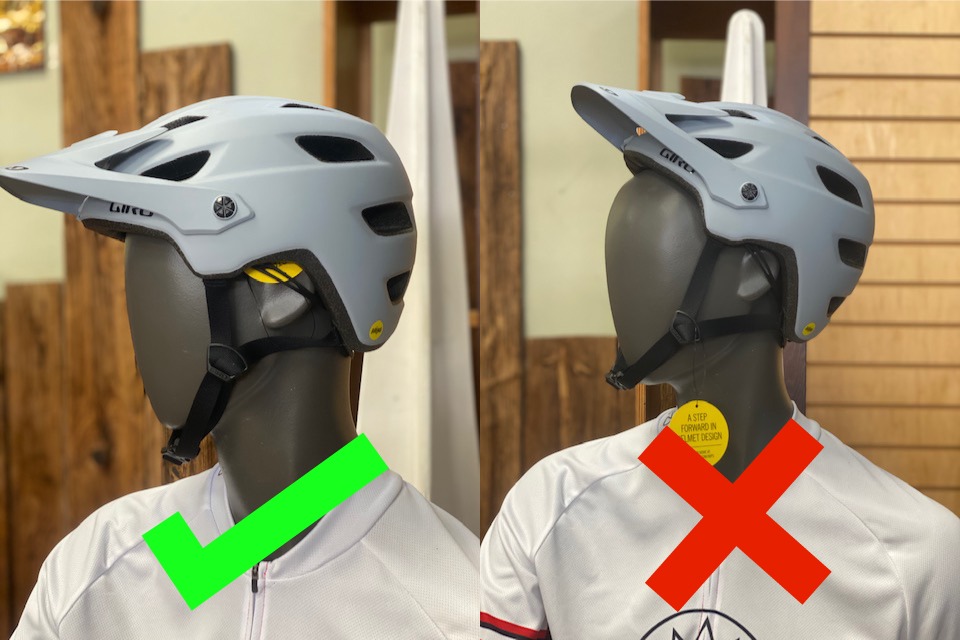
Mountain Bike Helmet
Correct Fit: Straps are tight under the chin; Helmet sets level on the head.
Wrong Fit: Straps too loose; Helmet tilted back.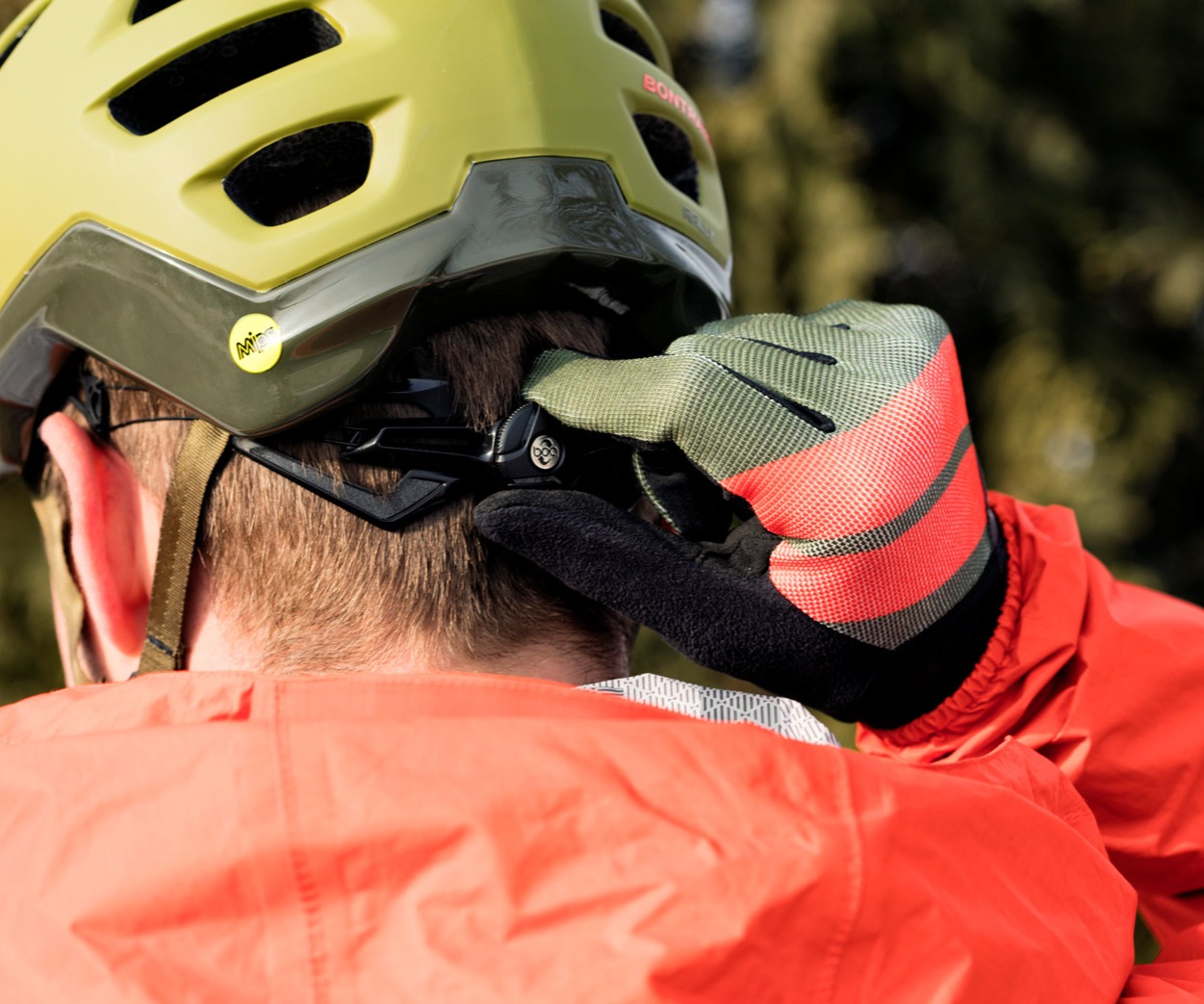
1. Start in the Back
Most helmets have a wheel in the back so you can dial to tighten or loosen. Make sure the helmet still remains in the correct fit position while dialing the wheel
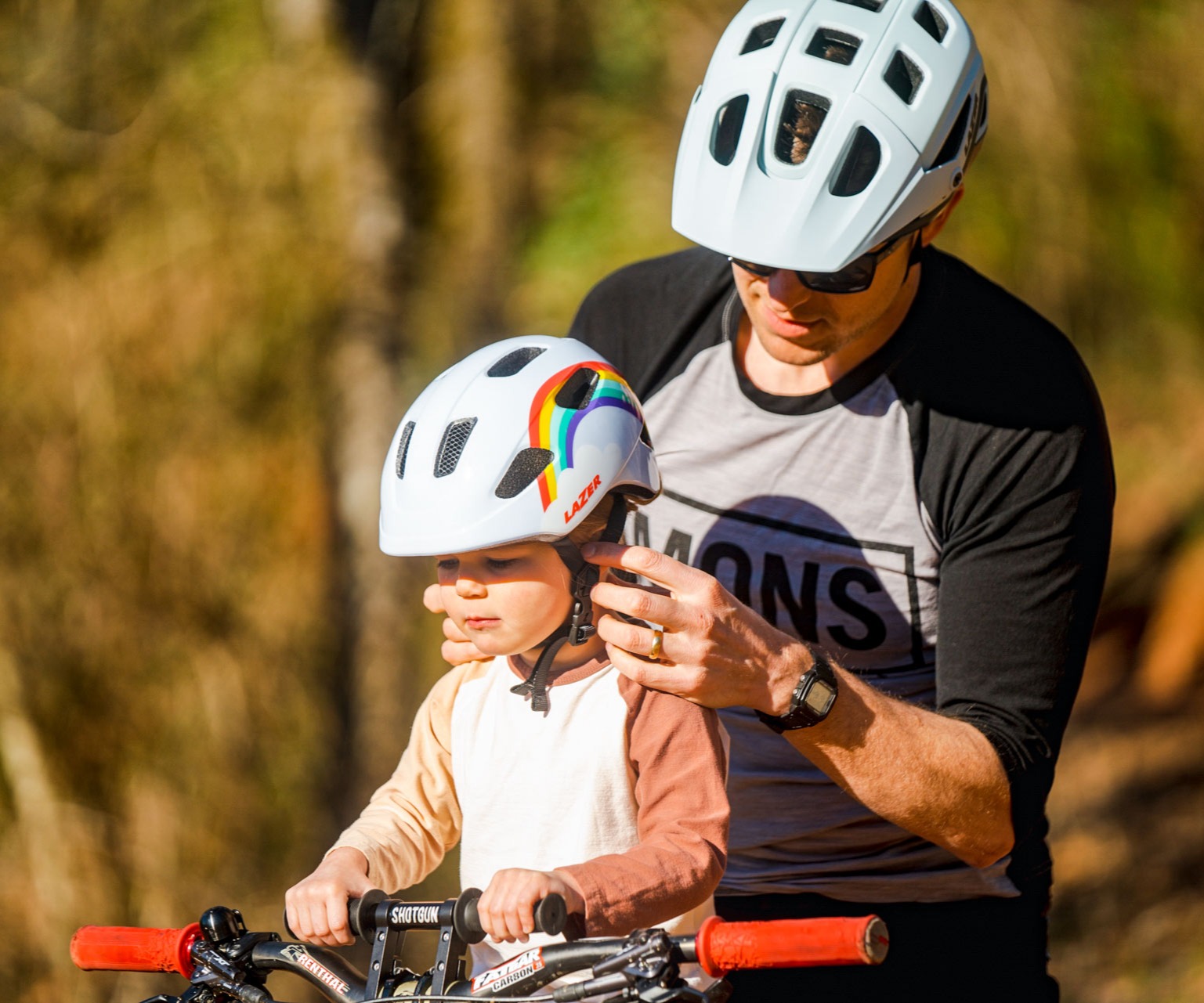
2. Adjust the Chin Straps
Buckle the chin strap to determine tightness or looseness. You should be able to place one finger between your chin and the strap. Now, adjust the side and chin straps to fit. The side straps should be positioned under each ear.
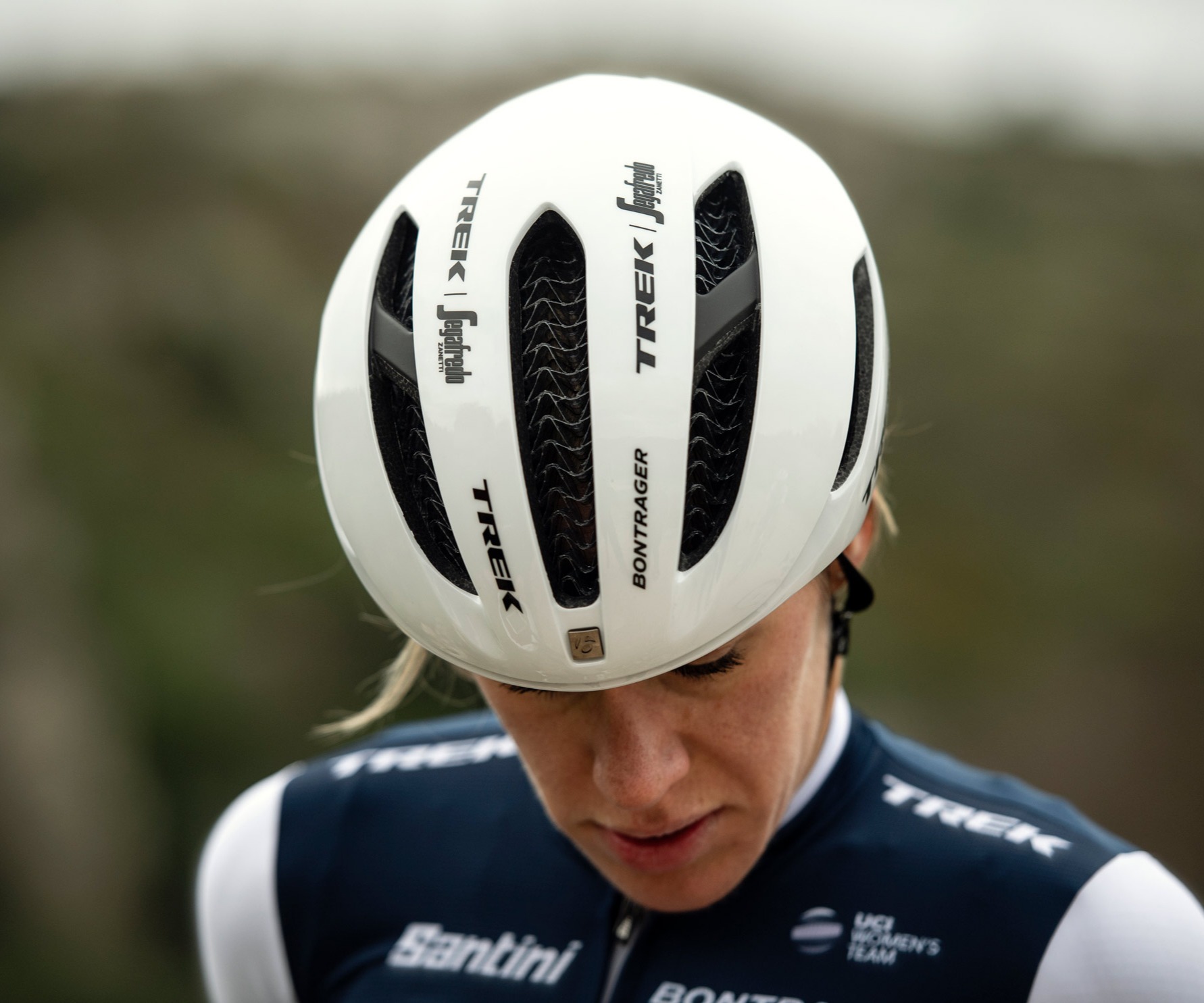
3. Do the “Shake Test”
Once you’ve set your fit, shake your head “no” to determine if the helmet is tight enough. The helmet should not move on your head. Keep adjusting the back or straps to correct your fit.
4. Check For Fit and Comfort
Put the helmet on your head. Does this helmet come down far enough on your head? Is this helmet comfortable?
The helmet may fit on the head but it may just not be comfortable. Even if it's slightly rubbing, this magnifies the longer you're riding. If you feel slight hot spots, try on another helmet to compare.
If the helmet is too high on your head, go to the next size.

